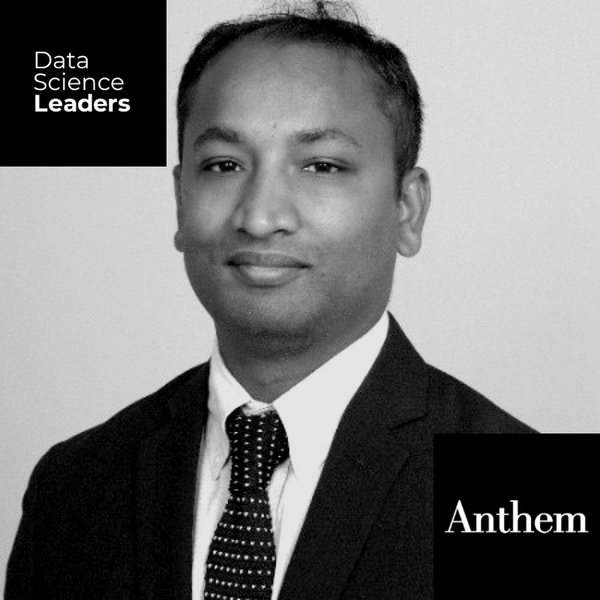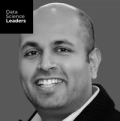episode 36
Motivating Teams and Combating Bias in Healthcare Data Science
Data Science Leaders | 30:44 | February 02, 2022

Listen how you want
Get new episodes in your inbox
Bias is an ever-present enemy of sound data science in healthcare.
Without proactive measures to mitigate bias in the data used to build and train models, real people can bear the brunt of potentially life-altering negative consequences.
Vikram Bandugula, Senior Director of Data Science at Anthem, knows this issue intimately from his extensive experience in healthcare. He joins the show to share his perspective on bias, plus he details his approach to fostering employee motivation and positive team morale.
In this episode, we discuss:
- Problem solving in data science and healthcare
- Managing bias in healthcare data sets and models
- Motivating high-performing employees and teams
Popular episodes

James Cham
Partner, Bloomberg Beta
EPISODE 71April 11, 2024
Unlocking the disruptive potential of generative AI: a VC perspective
Listen Now | 28:49
Volodimir Olexiouk
Director of Scientific Engagement and Data Science Team Lead, BioLizard
EPISODE 70March 28, 2024
Overcoming the data challenges of AI-driven drug discovery
Listen Now | 36:49
Rahul Todkar
Head of Data and AI, Tripadvisor